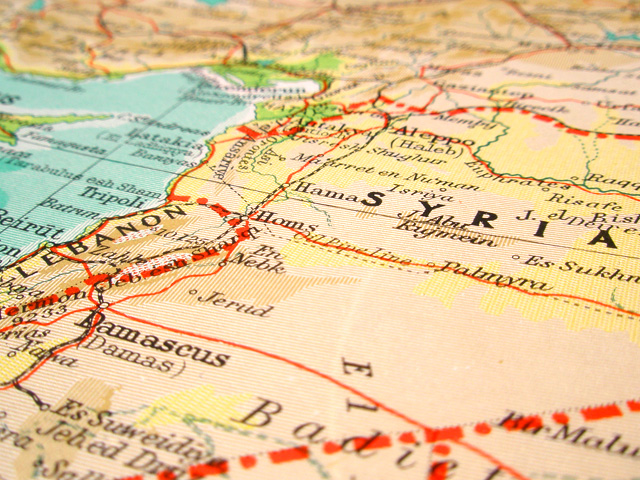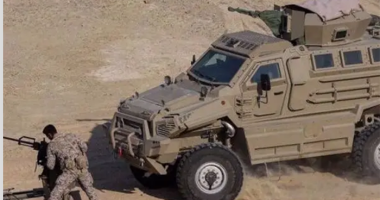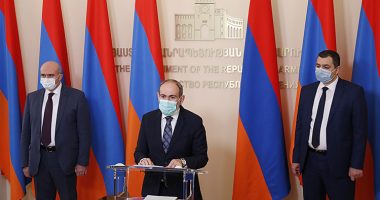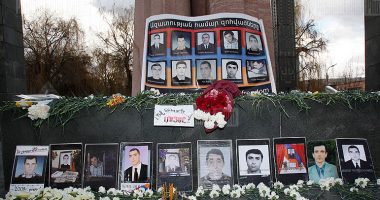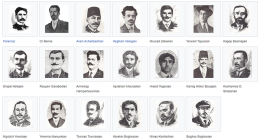YEREVAN (Armenianow) — For the first time since signing a ceasefire agreement in 1994, all three signatories to that agreement, including Armenia, Nagorno-Karabakh and Azerbaijan, appear to have agreed to abide by the truce in connection with upcoming religious holidays.
On March 18, Personal Representative of the Organization for Security and Cooperation in Europe’s (OSCE) Chairman-in-Office, Ambassador Andrzej Kasprzyk called on the parties to the protracted conflict to remain committed to the ceasefire regime.
“In light of the upcoming Novruz Bayram and Easter holidays, I call on the sides to strictly adhere to the ceasefire and to avoid any action on the line of contact or on the border that could lead to an increase in tensions,” he said in a statement published on the official website of the OSCE.
The ministries of defense of Armenia, Nagorno-Karabakh and Azerbaijan unexpectedly agreed to abide by the truce. This was perhaps the first time since May 12, 1994, when the Russian-brokered ceasefire agreement with signed in Bishkek, Kyrgyzstan. After that day, all initiatives of the Armenian side and the mediators to consolidate the ceasefire regime, at least temporarily, met with fierce opposition from Azerbaijan, which stated that it reserves “the right to liberate its lands by force” if negotiations fail.
Before issuing the statement, Kasprzyk visited Karabakh where the past week again was marked by an outbreak of violence, causing victims on both sides. The statements of the conflicting parties were becoming more bellicose, which could not but disturb the mediators.
The period of Novruz and Easter will last until the end of March and beginning of April, when a new meeting between the presidents of Armenia and Azerbaijan, Serzh Sarkisian and Ilham Aliyev, may be held on the margins of a nuclear security summit in Washington to where both leaders have been invited by U.S. President Barack Obama. Experts say, the United States, as an OSCE Minsk Group co-chair nation, intends to organize a meeting and propose a plan of settlement of the Karabakh conflict.
However, analysts believe that the matter will concern not a final settlement, but consolidation of the truce and fixation of the current situation, establishing of communications and confidence building measures. The U.S. Department of State has already approved the initiative of a number of members of Congress on the introduction in the conflict zone of some mechanisms for monitoring the situation, including sensory equipment.
Today, March 21, is the third day of the “temporarily reinforced” ceasefire that on the whole holds despite some mutual accusations of the parties of sporadic shots fired at the line of contact. If the relative calm is preserved till the possible Sargsyan-Aliyev meeting, it may become a good sign that the parties are tired of war and want to try to make peace.


